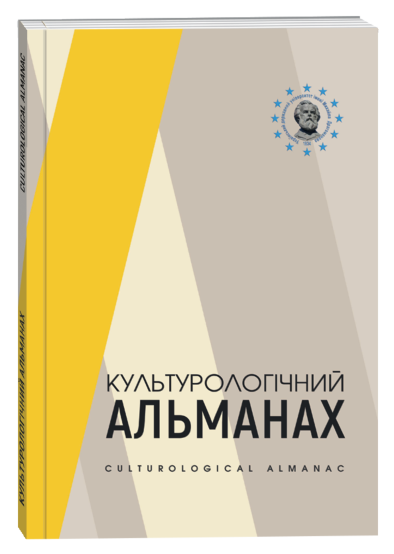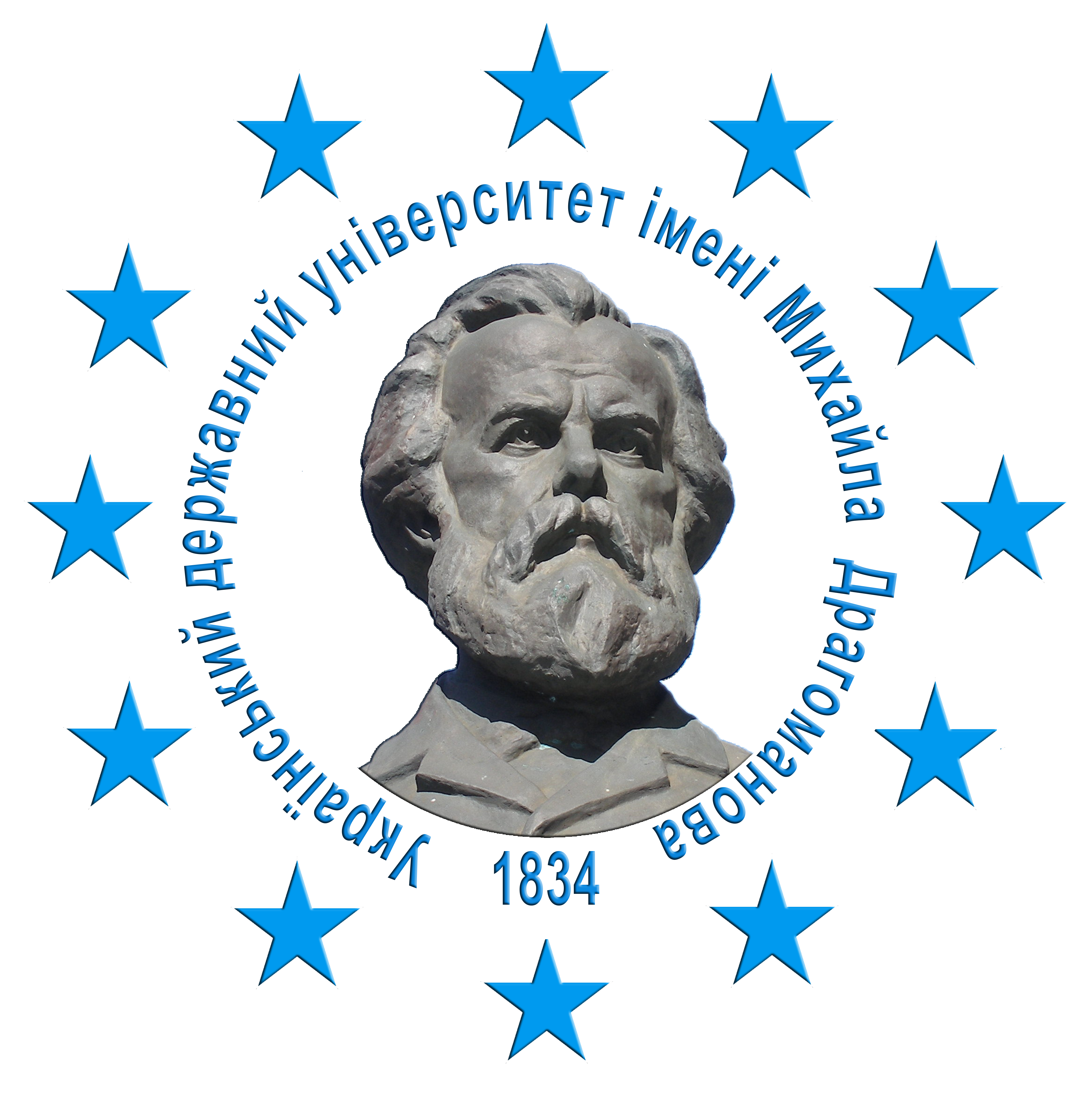DEVELOPMENT OF SPIRITUAL CULTURE IN UKRAINIAN TERRITORIES IN THE RENAISSANCE ERA
DOI:
https://doi.org/10.31392/cult.alm.2025.1.43Keywords:
secular chapels, music workshops, cathedral choirs, polyphonic music, Catholic and Protestant schoolsAbstract
The article is devoted to the components of spiritual culture in the Renaissance era, tracing the South Slavic and Western European influences on Ukrainian culture in the outlined period. The research methodology includes a systematic analysis that contributed to the understanding of archival materials and manuscripts; a chronological method was used to outline the time characteristics of the studied material, and comparative analysis made it possible to trace the gradual improvement of musical theory and the mastery of polyphonic music. The relevance of the publication is associated with the growing interest in clarifying the South Slavic and Western European influence on Ukrainian spiritual culture. The scientific novelty of the study lies in revealing the main components of spiritual culture in the Renaissance era, their analysis and the identification of South Slavic and Western European influences in the specified period. It is summarized that the South Slavic spiritual culture of the 14th–17th centuries had a significant impact on Ukrainian culture, which was manifested in certain orthographic and stylistic changes in Ukrainian liturgical collections and the intensification of the development of Ukrainian musical and anthem graphic art. The introduction of polyphonic music in Ukraine was facilitated not only by Polish musical art, but also by various reform movements that spread in the Ukrainian ethnic lands. The musical culture of the “Czech Brethren”, Lutherans, Calvinists, Socians and other European reform movements contributed to the introduction of polyphonic singing and linear notation to the Orthodox. The wealthy Ukrainian nobility became the first popularizers of polyphonic music among Ukrainians.They organized musical chapels, the leaders of which were in most cases foreign masters who knew linear notation perfectly and had knowledge and skills in writing polyphonic compositions. At the beginning of the 16th century. A new center for the development of musical art is gradually being formed – a secular environment in which professional personnel are trained outside the church walls. These are secular music chapels in the estates of magnates and music workshops in cities. The next centers of musical education were Catholic and Protestant schools and colleges, where Ukrainian youth were introduced to and learned Gregorian chant along with four-part Protestant songs. A number of issues related to the activities of secular music chapels and music workshops in the popularization of polyphonic music in Ukrainian territories remain insufficiently clarified.
References
Гнатенко, Л. А. (2010). Графіко-орфографічні особливості передачі звука «Йот» у староукраїнських пам’ятках другої половини XIV – початку XVII ст. Рукописна та книжкова спадщина України: Археографічні дослідження унікальних архівних та бібліотечних фондів. Київ, Вип. 14. С. 179–197.
Дадзіёмава, В. У. (2015). З гісторыі музычнага выканальніцтва ў Беларусі: старажытныя часы. Весцi Беларус- кай Дзяржаўнай Акадэмii Музыкi. № 26. С. 105–110.
Дадиомова, О. В. (2015). Музыкальная культура Беларуси Х–ХІХ вв. Минск : Ковчег, 246 c.
Ісаєвич, Я. Д. (1971). Братства і українська музична культура XVI–XVIII століть. Українське музикознав- ство. Вип. 6. Київ: Музична Україна, С. 48‒57.
Петровъ, А. Л. (1906). Статьи объ Угорской Руси. Санкт-Петербург: Сенатская типография, 71 с.
Сумцов, Н. Ф. (1885). Іоанн Вишенській. Киевская старина. Кн. 4. С. 649–677.
Філософський енциклопедичний словник / НАН України, Ін-т філософії імені Г. С. Сковороди; [редкол.: В. І. Шинкарук (голова) та ін.]. Київ : Абрис, 2002. 742 с.
Фільц, Б. М. (1982). Музичні цехи на Україні. Українське музикознавство. Київ, Вип. 17. С. 33–45.
Харлампович, К. В. (1898). Западнорусскія православные школы XVI и начала XVII века отношеніе их к инославным, религіозное обученіе в них и заслуги их в деле защиты православной веры и церкви. Казань, 524 с.
Baužienе, M. (2012). Pasižvalgymas po senojo Vilniaus mūrus. Vilnius: Savastis, 415 p.
Drеma, V. (2013). Dingęs Vilnius. Vilnius : Versus Aureus, 446 p.
Ivinskis, Z. (1953). Kirchengesang in Litauen im XVI–XVIII Jahrhundert. Commentationes Balttticae. Bonn, S. 68–106.
Kochanowicz, J. (2006). Jesuit Music Seminaries in Poland and Lithuania during the 17th and 18th Centuries. Studia Comeniana et Historica. Vol. 36. P. 172–178.
Lulewicz, H. (1987). Radziwiłł Mikołaj zwany Rudym h. Trąby (1512–1584). Polski Słownik Biograficzny: Zakład Narodowy Imienia Ossolińskich, Wydawnictwo Polskiej Akademii Nauk, Tom XXX/2. S. 321–335.
Morawska, K. (1998). Renesans. Warzawa : Sutkowski ed, 413 s.
Przybyszewska-Jarminska, B. (1969). The History of Music in Poland. Warszawa : PWM, 263 s.
Targosz, K. (2003). Michelangelo i Vincenzo ml. Galilei jako muzycy dzialajacy w Rzeczpospolitej. Muzyka. № 4. S. 119–128.
Zaremba, J. (1989). Pieśni chwał boskich. Monumenta Musicae in Polonia / red. J. Morawski. Kraków, S. 443–456.
Žukas, S. (1996). Das erste litauische Buch und sein historisches umfeld. URL: https://annaberger-annalen.de/ jahrbuch/1996/Annaberg%20Nr.4%20Kap3.pdf (дата звернення: 08.03.2020).








